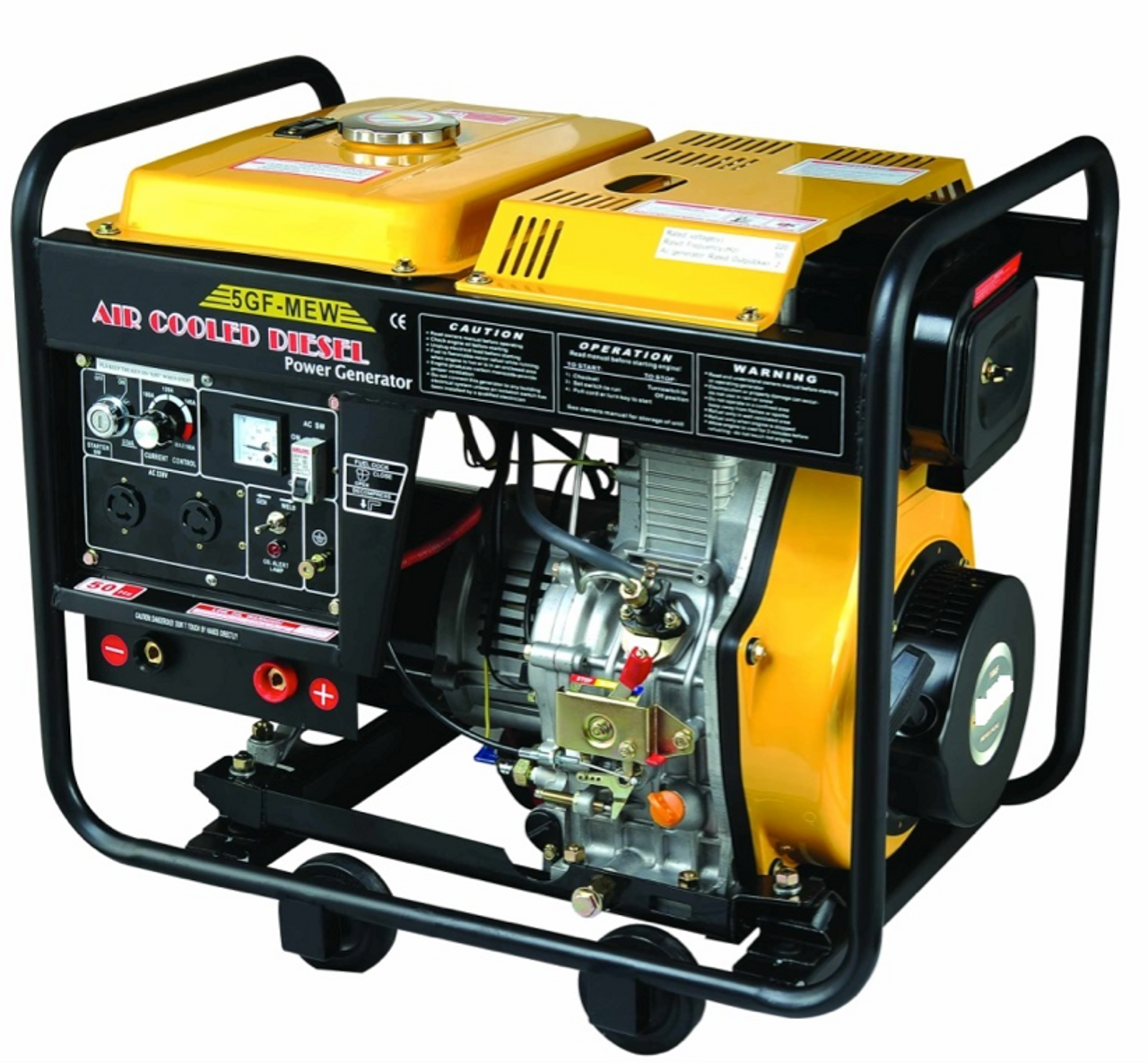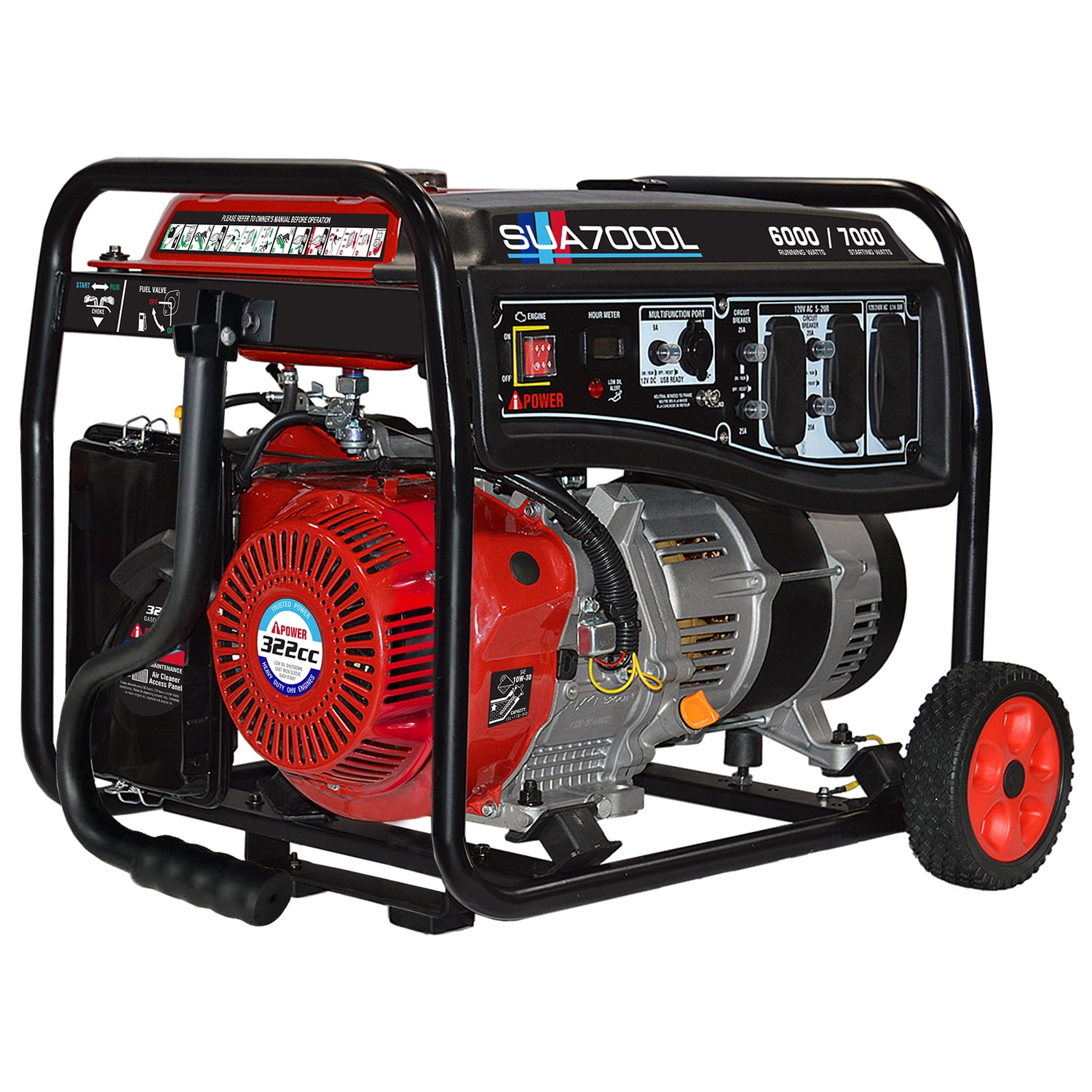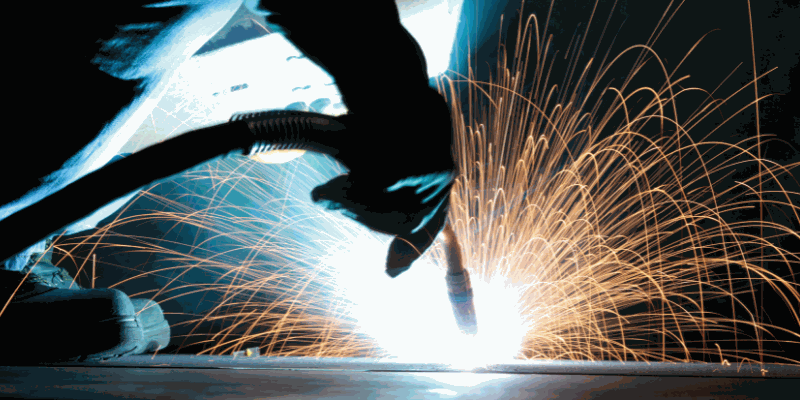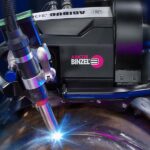A welder generator is self-contained equipment that includes a welder and a generator. In other terms, it is fuel-powered portable welding equipment. It helps you weld while on the road with only one device. Some welder generators may also be used to power other equipment. The concept of welding with a generator is intriguing. There are also several high-quality welding generators available in the marketplace.
Contents
What is a generator?
We’re talking about an electric generator when we say “generator.” An electric generator is a machinery that has an engine that generates electricity. They are propelled by a fuel supply, most often gasoline or liquefied petroleum gas (also known as propane). When the electricity goes out due to natural catastrophes or powerline failures, it may be utilized as backup power for households. They could also be employed in power RVs, camping devices, and tools and equipment on building sites. They may come in a number of sizes, each with its own set of capabilities.
This means that some are strong enough to operate an entire house, containing cooling systems, lighting, freezers, and other large equipment. Some are much less strong and can only run tiny camping gear and personal electronics. Now that you know what a generator is, we can thoroughly investigate the subject, “Can you do welding with a generator?”
Mains Power vs Generator Power
In comparison to mains power, power from generators has a tendency to be ‘dirty,’ which has the possibility of damaging sensitive electrical components within inverter welding equipment. This is particularly true for smaller generator sets, which are often used to power equipment and welders owing to their mobility and cost. At the same time, the option to utilize generator power provides several benefits to operators who wish to operate their inverter welding equipment in the environment or on-site when mains power is unavailable or difficult to reach.
It is no wonder, therefore, that one of the first things operators ask before acquiring an inverter welding equipment is, “Is welding with a generator safe?” The best reply is not always a yes. Sure, you can put almost any inverter welder into a generator and it is most likely to work to some extent. However, not all equipment is equipped with the necessary safeguards to prevent long-term harm from ‘dirty’ or unreliable generator power supplies.
Which Generator Fuel is Better: Gasoline or Diesel?
A variety of fuels may be used in generators. The two most prevalent are gasoline and diesel. The advantages and disadvantages of all of these fuel types will be discussed below.
Gasoline Fuel
Pros
- Affordability.
- Smaller generators’ portability is improved.
- Typically less expensive than a diesel generator.
- It requires minimal upkeep.
- Perfect for tiny chores.
- More silent than a diesel generator.
Cons
- Diesel is more fuel efficient.
- Flammable.
- Reduced shelf life.
Diesel Fuel
Pros
- Lowest flammability fuel source
- Simple to get
- Extended shelf life
- Long/heavy duty job tends to be more dependable.
Cons
- More costly than a gasoline generator.
- odorous than a diesel generator
Why may generator power be hazardous?
A sine wave is a pattern that is followed by an alternating current (AC) power supply. When it comes to operating equipment with sensitive electronics (such as inverter machines and computers), a power supply with a completely pure sine wave is the safest, but this is almost difficult to obtain in practice. Because mains electricity is (generally) quite near to perfect sine power, it seldom causes difficulties.
Power supplied by a portable generator, on the other hand, is often ‘dirty.’ Even if the mean output power is 240V on a piece of basic measuring equipment like a multimeter, the peaks, troughs, and cycle period will not be constant. Voltage surges (a rise in voltage) and voltage spikes (a drop in voltage) can also characterize electric generator power.
Voltage surges and peaks in a generator may occur for a variety of causes, including:
Generator Quality:
When compared to ideal sine wave electricity, all portable generators often output uneven power. This deviation from pure sine wave power is expressed as a percentage known as ‘Total Harmonic Distortion,’ or THD. A THD value of 6% or less is deemed acceptable in a portable generator. In recent years, the market has seen an influx of low-cost, low-quality generators with exceptionally high THD ratings (above 6%). While these less expensive generators can power basic power tools, they are not ideal for powering inverter-based machinery since the voltage fluctuates and spikes at an unacceptable level.
Start-up and shutdown:
Because the engine is clearly not operating smoothly and at a consistent pace while beginning and stopping a generator, the production of the generator is extremely likely to vary with engine speed.
Fuel supply interruption:
If the fuel finishes, or if there is a ‘hiccup’ in the supply of fuel, the engine will normally speed up and slow down quite spasmodically, generating power variations.
Loading vs. Generator Dimensions:
A generator that is undersized and/or overloaded will work very hard to keep a suitable current supply. When the load is removed (for example, when welding stops), the engine normally over-revs until the governor reduces the engine to idle speed. Over-revving the generator will almost certainly raise the voltage output, perhaps to hazardous levels.
Load:
If the generator size is insufficient, using additional devices (e.g., grinder, cut-off saw, etc.) on the same generators and at the exact same time as the welding equipment might create overloading and, as a result, power fluctuations.
Lack of maintenance:
A badly maintained generator would act similarly to a low-quality generator.
Tips to choose a generator
Make absolutely sure your generator is made by a reputable company. Being a brand name does not necessarily imply that it is a good generator. So choosing a brand is not necessary, but do your homework, read reviews, and get a generator from a reputable source.
Starter Electric
That is self-evident, but pick a generator that can be started by pressing a button instead of pulling a starting rope.
Noise
There are several reasons why you would desire your generator to be silent. Inquire with your provider and study what other users have to say about how silent the generator you want to purchase is.
Operational Time and Fuel Tank
A 20-liter fuel tank allows a generator to operate for around 10 hours on a single fill. A generator that can run continuously for a minimum of 10 hours would be a nice goal to strive towards. This will enable you to work a whole day while also protecting you in the event of a power outage.
Portability
Purchase a generator with wheels to help your back. Generators are often rather hefty, allowing you to transport yours simply.
Monitoring capabilities
When selecting a generator, displays and controls such as an hour’s meter, voltages, frequencies, and a Low Oil Shutdown are all benefits. An hour meter (which shows how often the engine has been running) may also assist you in time for your oil change.
Using Several Devices
If you want to use the generator to power other appliances (other than your welding equipment), the size of the generator you purchase must be raised proportionately. Each gadget you connect to the generator will draw more electricity. You must first determine the size of your desired generator.
- What appliances will you use with the generator?
- How much electricity is required by each of your appliances?
This video will help you in selecting the best welder generator for your use.
https://www.youtube.com/watch?v=ww-e0aLAVxg
Precautions for welding with a generator:
What size of generator is suitable for welding?
Determining the appropriate generator size necessary to properly operate welding equipment is not always an easy task. Some of the elements to examine are the welder’s current draw ratings, the rated output of the generator and whether or not this is a real rating (sadly, some generators are over-rated), whether or not the generator will be used to power other power equipment at the same time, and so on.
- Keep in mind that if the generator will be used to power other equipment in addition to the welder, the generator’s size should be raised proportionately. These values are simply a rough reference and should not be used in lieu of the manufacturer’s recommendations.
- The minimum size is the least that we recommend for reducing the danger of voltage spikes, however, it may not be adequate to reach maximum welder output.
- ‘Ideal’ size reduces the likelihood of power supply difficulties and allows the welder to produce more power.
- Approximate equivalent size of inverter generators based on 0.8 generator power factor.
3 Best Welder Generators
You do not want your generator to be working overtime. It is better for your new power plant if it is not having to work overtime.
- Miller Bobcat 250 Welding Generator

Miller always produces high-quality equipment, but their costs are often expensive as well. This generator is not cheap, but it is in an acceptable price range, and we feel it is the greatest device accessible for the price.
- The Hobart Champion Elite Welding Generator

It has a maximum steady flow of 9500 watts at 23 horsepower, which is somewhat less than Miller’s Bobcat 250, and it has 25 amperes less DC power. Hobart, on the other hand, matches it with a 100% duty cycle operating at full loudness and provides the same three-year guarantee due to the exceptional quality of its components.
- The Lifan WeldPro Engine-Driven Welding Generator

The Lifan Pro Series WeldPro AXQ1-200a is a 200-amp generator welder that is a value at the cost. It has a 4000-watt constant AC power output and can weld at 200 amperes with a 50% switching frequency, which is astounding considering the engine size.
Conclusion
Every welder comes to a moment when their abilities need significant, fresh challenges in order to progress. Outdoor or isolated welding may be just what your skill set requires. It is time to bring your welder out of the workshop and into the outdoor air. The generators allow you to increase your abilities to repair and construct in ways that would otherwise be impossible. To fix welding porosity, you can read our article: How to fix welding porosity?






